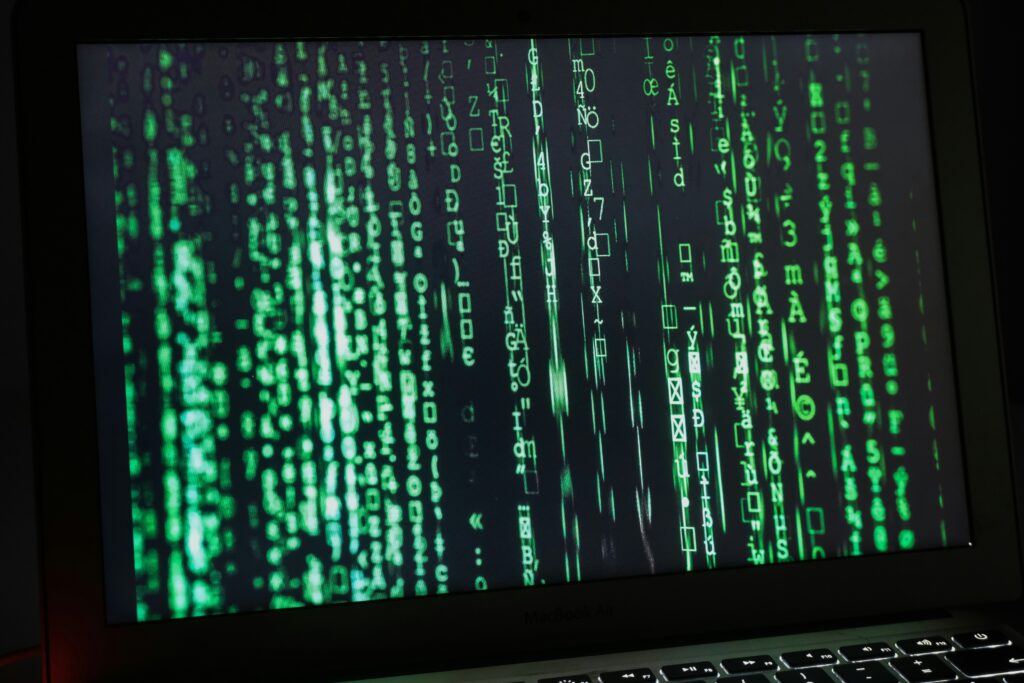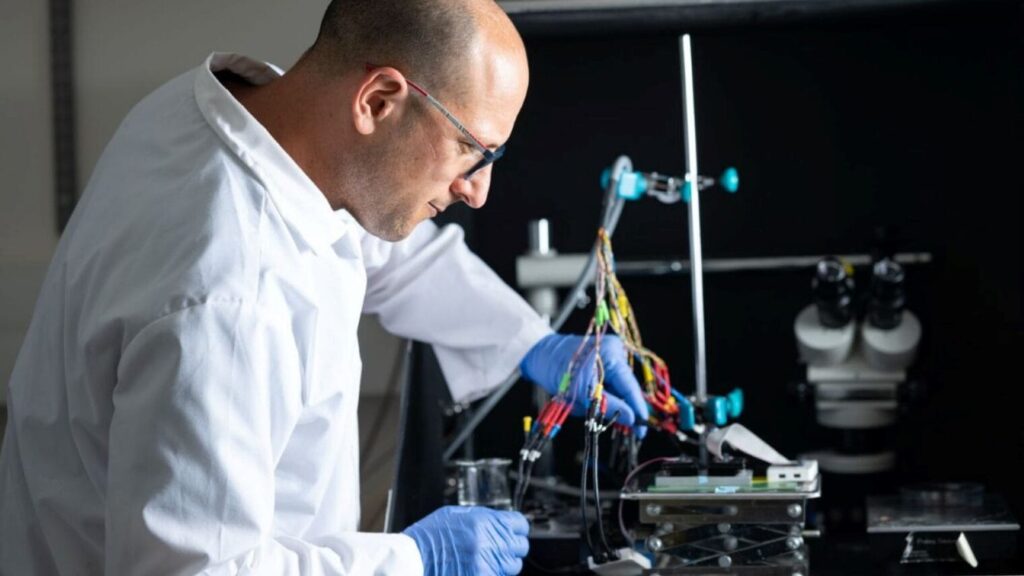
Better Brain-Wave Analysis
May 26, 2009
New ways to analyze the brain’s electrical activity might soon help physicians diagnose brain disorders and assess the benefits of treatment.
ElMindA, a startup based in Israel, is developing one such system, which it hopes will help doctors diagnose attention-deficit/hyperactivity disorder (ADHD) more objectively and speed up treatment decisions for stroke patients.
The company is partnering with pharmaceutical and medical-device companies and expects to have a product ready for clinical use in 18 months.
“There is clearly an increasing interest in using brain signals for rehabilitation and other types of diagnosis,” says Gerwin Schalk, a neuroscientist at the Wadsworth Center in Albany, NY, who is not involved with ElMindA. “There’s a lot of potential, though not a lot of work has been done yet.”
Electroencephalography (EEG) is a decades-old method for measuring the brain’s electrical activity using a series of sensors placed on the scalp.
In recent years, better sensor technologies and data-processing techniques, as well as more detailed knowledge of the brain, have dramatically improved the information that can be extracted from EEG.
For example, scientists now use computationally intense signal processing and pattern-recognition techniques to predict where in the brain a particular signal measured on the surface of the scalp originated or how different parts of the brain are connected.
EEG currently has a number of clinical applications–diagnosing sleep disorders or pinpointing the origin of a seizure, for example–but ElMindA and others aim to broaden its clinical use.
The company has developed a novel system that calculates a number of different parameters from EEG data, such as the frequency and amplitude of electrical activity in particular brain areas, the origin of specific signals, and the synchronicity in activity in two different brain areas as patients perform specific tests on a computer.
“We usually find patterns of activity which are very unique for the specific state of the patient,” says Amir Geva, founder of the company and head of the biomedical laboratory at Ben-Gurion University.
The researchers are currently characterizing those patterns in the context of stroke therapy. Intensive rehabilitation after stroke can improve speech and motor problems by helping the brain to rewire, compensating for damaged circuits.
At present, choosing the best therapy option for a patient is in part a trial-and-error process that can take weeks. But because healing capacity declines over time, it’s imperative to find the most successful treatment as soon as possible after the stroke.
In a recent, as-yet unpublished study of stroke patients with a condition known as neglect–a common symptom in which the patient unknowingly ignores half of the visual field–the researchers analyzed brain activity throughout a course of rehabilitation.
Stroke patients began the study with activity patterns that were quite different from those seen in normal individuals.
The scientists found that the patients whose vision improved with two weeks of treatment–they were better able to detect moving objects in the neglected part of the visual field–showed signs of improvement in the brain very early on, before it was clear to the therapists or the patients themselves.
“The pattern becomes more similar to a normal pattern,” says Geva.
Those who don’t improve with intensive rehabilitation therapy, in contrast, fail to show early changes in brain activity, or they show changes that do not fit the normal pattern.
Ultimately, ElMindA aims to use the device to determine more quickly whether a patient should switch treatments; though a larger clinical trial is needed to show whether this will significantly improve clinical outcomes.
Scientists have also used ElMindA’s system to characterize brain-activity patterns in patients with ADHD, identifying statistical parameters that differ between normal people and those with ADHD. Geva and collaborators aim to use the technology as a more objective way to diagnose the disorder.
“Many methods for diagnosing brain disorders, such as ADHD and depression, rely on pen-and-paper surveys, which is very removed from what we now know about the brain,” says Moshe Bar, a scientific advisor to ElMindA and a neuroscientist at the Martinos Center for Biomedical Imaging, which is affiliated with Harvard Medical School.
“By being able to extract important parameters, we will be able to provide clinicians with something very unique.”
A larger clinical trial is about to begin at Harvard Medical School to test the effectiveness of the ElMindA system in diagnosing patients with ADHD and predicting which treatments are most effective.
“Many children are getting Ritalin without any objective diagnosis,” says Geva. “And many adults don’t get Ritalin, even though they might be helped by it.”
Because the ElMindA system is portable, it’s more practical for daily use than magnetic resonance imaging, a brain imaging method that requires a huge magnet and can only be performed in medical centers.
However, applying EEG-based techniques in a clinical setting can be tough, warns Guang Yue, a neuroscientist at the Cleveland Clinic in Ohio.
Brain-activity patterns are highly variable, both between patients and within individuals. Scientists can compensate for this variability in research studies by asking patients to repeat the same task over and over and averaging the results.
“In clinical settings, patients cannot do too many trials,” says Yue. “If you only do two or three trials, there’s a lot of noise and variation.”
Prof. Amir Geva is a worldwide expert in biomedical signal processing and pattern recognition, and serves as head of Ben-Gurion University’s biomedical laboratory and lecturer in BGU’s Departments of Biomedical Engineering and Electrical and Computer Engineering.
Technology Review is published by MIT.



